When Robert Lechmere Guppy first stumbled upon a tiny little fish in South America, he had no idea the unassuming species would eventually take the world by storm. Today, guppies are a mainstay in virtually every freshwater aquarium, gaining a reputation for being small, colorful fish that are easy to care for.
Whether you’re a beginner aquarist or have raised thousands of fish in your lifetime, there’s always room for a guppy or two (or twenty!) in your fish tank. In this article, we’ll go over everything you need to know about how to set up a guppy tank, from start to finish.
What Goes Into An Ideal Guppy Tank?
Every fish has a unique set of needs that must be met for them to stay healthy and thrive. Guppies are no different – to have a happy and healthy guppy tank, you’ll need to understand the needs of your guppy and make sure your tank has everything they need to thrive. Here are some basic requirements you’ll need to take care of:
Tank Requirements
Many factors go into choosing the perfect tank, from its shape to its materials. However, tank size is arguably the most important and, unfortunately, most frequently overlooked factor. Adult guppies are often crammed into tanks that are too small for them, causing many guppies to die from ammonia spikes that could have easily been prevented with an extra gallon of water or two.
Tank size matters so much because it holds more water, which in turn does a better job of diluting the waste produced by your fish. More water also means more surface area for oxygen exchange, which is essential for guppies to stay alive. Many people mistakenly assume that they can shoot for a 10-gallon tank and call it a day, but this isn’t enough for guppies.
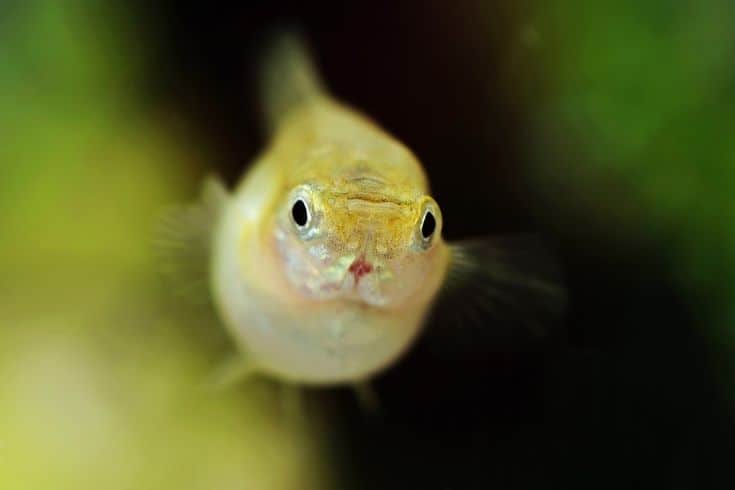
As a rule of thumb, you should allocate a gallon of water for every inch of fish your tank contains. This means allocating about 3 gallons of water per adult guppy. Arbitrary minimum tank sizes (like 10 or 20 gallons) don’t take the specific size of your guppy school and the needs of your fish into account, so it’s always best to use this rule of thumb instead.
Heating Requirements
Next to tank size, the most important factor in keeping your guppies healthy is water temperature. Guppies are tropical fish, which means that they require warmer water temperatures to stay healthy and thrive. Your guppy aquarium should be kept at a comfortable 75-80 degrees Fahrenheit at all times.
If you live in a cooler climate or your home is naturally on the cooler side, you may want to consider a tank heater to make sure your guppy’s water stays at a comfortable temperature. Guppies that live in cooler water tend to be less active and have a shorter lifespan, so it’s important to make sure their water is warm enough.
A good aquarium heater will also keep water temperature fluctuations at bay, which are a leading cause of stress and disease in fish. Despite the fact that guppies can adapt to a relatively wide range of water temperatures, it’s always best to keep their tank as stable as possible to reduce stress and ensure a long, healthy life.
Water Requirements
Once you’ve made sure that your tank is nice and warm, it’s time to start thinking about water quality. In the wild, guppies live in slow-moving rivers and streams with soft, acidic water. Suffice to say, the tap water most of us use for our aquariums isn’t ideal for guppies. You’ll need to use a water conditioner to make sure your guppy’s water is safe for them to live in.
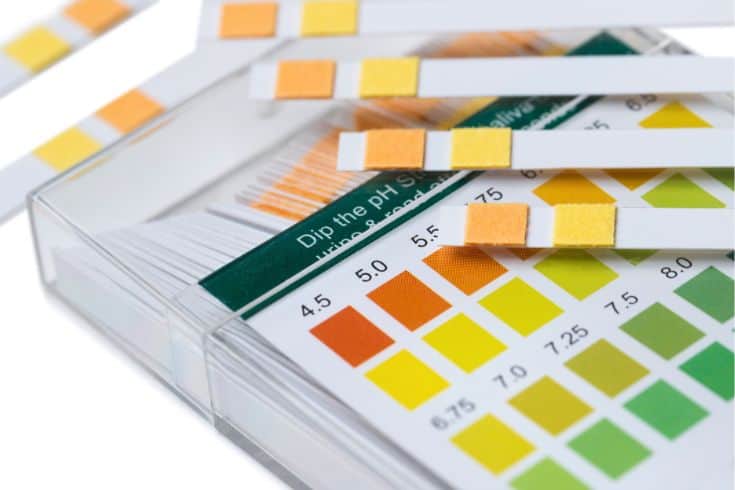
Water conditioners remove harmful chemicals and toxins from your tank water that can be harmful to your fish. They also help remove chlorine and chloramine, common in tap water and can kill your fish if left untreated. Many water conditioners also help neutralize your water’s pH, which is important for guppies since they prefer slightly acidic water.
Of course, water conditioners don’t do anything to prevent toxic ammonia levels and nitrate levels from building up. You’ll still need to perform regular water changes and gravel vacuuming to keep these levels under control. Doing so removes organic waste and toxins from your tank before they have a chance to build up and harm your fish.
Filtration Requirements
In any community tank, filtration is a must. And given that guppies are often kept in densely-populated tanks, maintaining good water quality is even more vital to keeping your fish healthy. Tank filters are valuable tools in this regard, as they keep your aquarium water clean and create water movement to aerate your tank.
Most hobbyists opt for an external power filter or a sponge filter for their guppy tanks. Both types of filters are highly effective at maintaining optimal water conditions and can be easily hidden from view. More important than the type of filter you opt for is its size. You should always choose a filter rated for a tank at least four times your own size.
Filters aren’t the be-all and end-all of keeping your tank clean. You can also remove uneaten flake food and debris from your tank, or invest in a gravel vacuum to suck up waste as you vacuum your gravel. Regular water changes are also important, as they remove dissolved toxins and replenish your tank with fresh, clean water.
Lighting Requirements
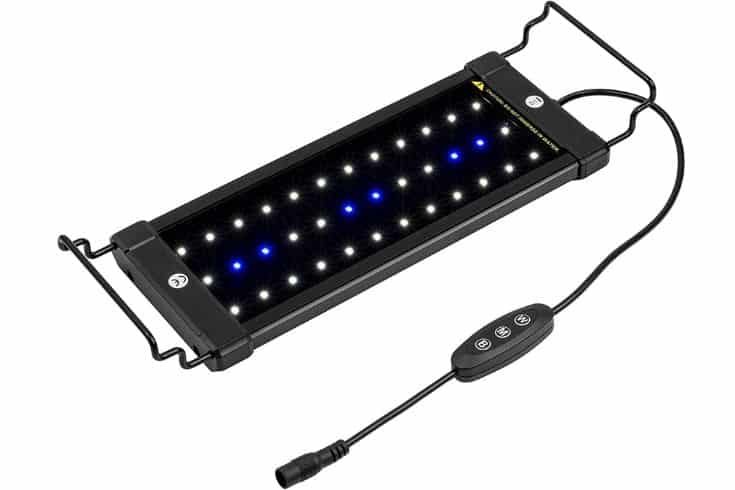
Last but not least, you’ll need to think about lighting for your guppy tank. While guppies don’t require specialized lighting like many plant species do, they do benefit from having aquarium lights installed in their tanks. A light that’s attached to a timer allows you to control your guppy’s circadian rhythm, which can help reduce stress levels and promote a healthy appetite.
In addition to providing light, aquarium lights also enhance the colors of your fish. If you have beautiful fancy guppies, good lighting will show off their bright colors and stunning patterns. Even if you don’t have colourful fish, though, aquarium lights can help to create a beautiful underwater scene in your home.
When choosing lights for your guppy tank, look for full-spectrum bulbs that emit a broad spectrum of wavelengths. These bulbs provide the light your fish need to stay healthy, and they also enhance the colors of your fish and plants. Whatever you do, don’t place your tank in direct sunlight. The sun’s rays can overheat your tank and harm your fish.
How To Set Up A Guppy Tank
Now that you have a better idea of what your guppy tank will need, it’s time to start setting it up. The process is relatively simple, and as long as you take your time and do it right, you’ll be rewarded with a beautiful aquarium that’s home to healthy, happy fish.
1. Gather your supplies
Once you’ve found the perfect location for your guppy tank, it’s time to set it up. If you’re using an aquarium kit, follow the instructions that came with your tank. If you’re starting from scratch, here’s what you’ll need:
- An aquarium tank
- A stand or table to support the tank
- A lid or hood for the tank
- An aquarium filter
- A water heater
- Aquarium lights
- Aquarium gravel or sand for the bottom of the tank
- Live or artificial plants
- Other tank decorations (optional)
2. Install your filter, heater, and lights
Before you add any water to your tank, you’ll need to install your filter, heater, and lights. Follow the instructions that came with your equipment, or ask a knowledgeable aquarium owner or employee at your local pet store for help. You should also make sure you have enough power outlets and extension cords to accommodate all of your equipment.
As part of this process, it is also helpful to consider adding backup power sources for your filter and heater. In the event of a power outage, an automatic battery backup system can keep your tank running until power is restored. Remember that your fish rely on a stable water temperature and filtration, so it’s important to have a backup plan in place.
3. Add gravel or sand to the bottom
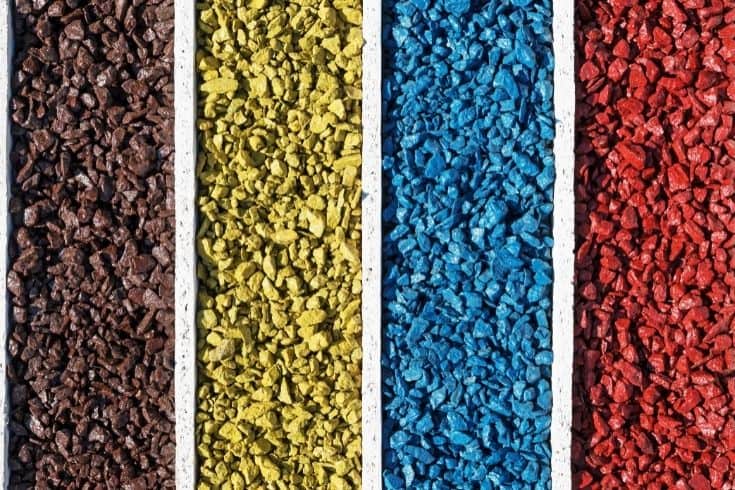
A good tank for guppies should have a layer of gravel or sand on the bottom. This provides a natural environment for your fish, and it also helps to keep the water clean. Before adding your substrate, rinse it thoroughly to remove any dust or debris. Some types of substrates also benefit from being disinfected before they’re added to the tank.
When you’re ready to add your substrate, pour it into the tank and use your hands to evenly distribute it. The depth of your substrate should be 2-3 inches (5-7.5 cm). This provides enough material for your plants to root and for beneficial bacteria to grow. It provides visual interest by adding texture and color to your tank, as well.
One thing to remember as you choose your substrate is that it should be inert. This means it won’t change the chemistry of your water or release harmful toxins. Some types of substrate, such as limestone, can dissolve in water and raise the pH level. If you’re looking for ideas on substrates you can opt for, try these decorative pebbles on for size!
4. Decorate your tank
Now it’s time to add the finishing touches to your guppy tank. This is where you can get creative and make your aquarium your own. There are tons of tank setups to choose from, so whether you want something a little more minimalist or want a complex underwater landscape, there’s an option for you. Just be sure to avoid adding anything that could potentially harm your fish.
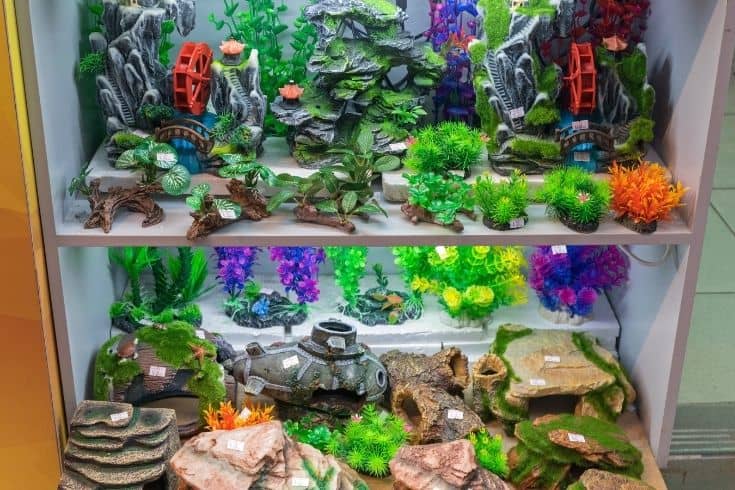
When it comes to decorations, live plants are always a good choice. Not only does plant life provide a natural environment for your fish, but it also helps to keep the water clean and healthy. If you’re not sure which plants are best for guppies, ask a knowledgeable aquarium owner or employee at your local pet store for recommendations.
In addition to plants, you can also add other decorations to your tank. This could include anything from rocks and driftwood to sunken ships and castles. Make sure to inspect any decorations you add for sharp edges that could injure your fish. It’s also a good idea to avoid using anything made of copper, as this metal can be toxic to guppies.
5. Fill your tank with dechlorinated water
Once you’ve added all of your decorations, it’s time to fill your tank with water. If you have tap water, you’ll need to treat it with a dechlorinating agent to remove any harmful chemicals. You can find these products at your local pet store. A good water conditioner will also remove harmful minerals and metals from your water.
When adding water to your tank, it’s important to do it slowly. Adding water too quickly can disturb your substrate and decorations. You’ve spent so much time painstakingly adding everything to your tank, so take your time and do it right.
6. Let your tank cycle
This being a brand-new tank, it will need to go through a process called cycling. This is when beneficial bacteria grow in your tank and establish the nitrogen cycle. The nitrogen cycle is essential for keeping your tank clean and your fish healthy. Essentially, it allows a colony of bacteria to break down your fish waste and convert it into a less harmful form of nitrogen.
The cycling process can take anywhere from 4-8 weeks, so be patient. In the meantime, you can add a few hardy plants to your tank to help get the process started. This is known as a fishless cycling method, and it’s one we recommend as it’s gentle on your fish. Simply adding a few plants to your tank will provide the bacteria with the ammonia they need to grow.
This 4-8 week window is also the perfect time to make sure that your tank accessories are working as they should. Turn them on and test them out to ensure that everything is in good working order. Yes, this may seem like a waste of energy, but it’s better to find out now that your filter isn’t working properly than when you have fish in your tank.
7. Add your guppies
Once your tank has finished cycling, it’s time to add your guppies. When choosing your fish, look for healthy specimens with vibrant colors. Avoid any fish that look sickly or have damaged fins, as these could be a sign of disease. It’s best to purchase your fish from a reputable breeder or pet store.
Before adding your guppies to your tank, quarantine them for 2-3 weeks. This will allow you to monitor their health and make sure they don’t carry any diseases. If you notice any problems during this quarantine period, it’s best to return the fish to the store and choose a different batch.
When you’re ready to add your guppies to the tank, do so slowly and carefully. Guppies are sensitive to changes in water quality, so adding them too quickly could stress them out. Take your time and let them adjust to their new environment at their own pace.
Setting Up Guppy Fry Tanks
The steps described above will serve you well when setting up a tank for adult guppies. However, because guppies are such prolific breeders, you will likely end up with fry (baby fish) at some point. These tiny fish have different needs than their adult counterparts, so they will require a separate tank.
Here are a few tips for setting up a fry tank:
1. Choose a small tank
Fry tanks can be as small as 5 gallons (19 L), so you don’t need a lot of space. In fact, choosing a smaller tank will make it easier to maintain water quality.
2 Use a sponge filter
Sponge filters are ideal for fry tanks because they provide gentle filtration. This is important as fry are very delicate and can easily be harmed by strong water currents.
3. Remove adult guppies as soon as fry are born
As soon as you see fry in your tank, remove all adult guppies. This includes the mother fish, as she will likely eat her own young.
The Takeaway
And that’s it! These are the basics of setting up a guppy tank. Just remember to take your time, do your research, and purchase healthy fish from a reputable source. With a little patience and care, you’ll be rewarded with a thriving aquarium full of beautiful guppies.
Did you enjoy this article? Then please share it with your fish-loving friends! Thanks for reading, and good luck with your tank!
